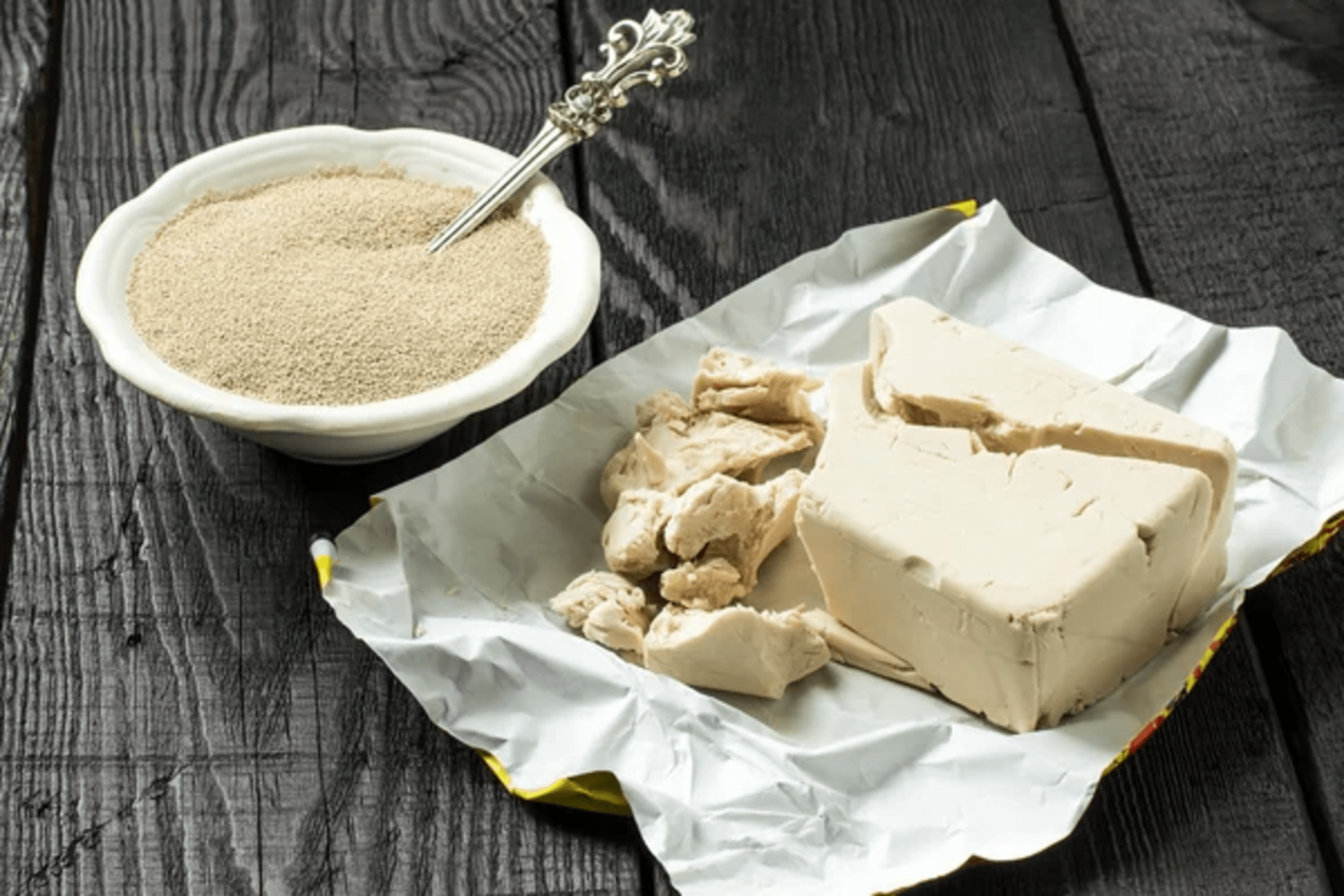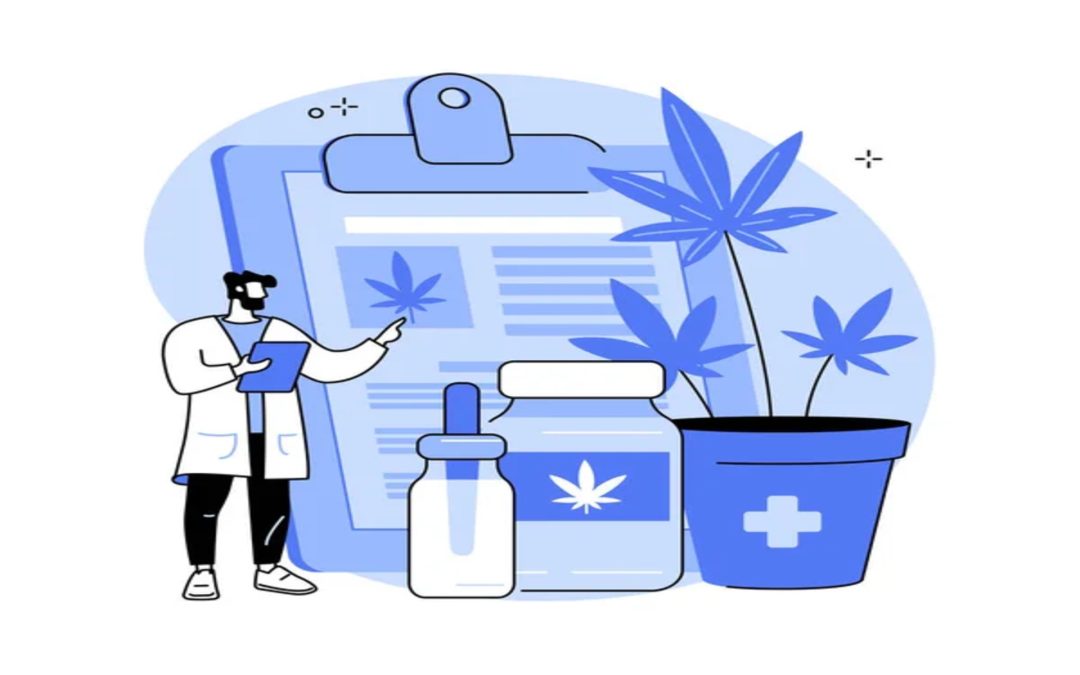From a chemical perspective, whether produced in a lab or grown on a farm, a cannabinoid remains the same, as does a THC molecule. In Canada, cannabinoids, including CBD, are subject to equivalent standards as psychoactive compounds in cannabis. However, in the US, there is a legal distinction between THC and CBD, with hemp and cannabis containing less than 0.3% THC becoming federally legal after the 2018 Farm Bill.
This legal difference has sparked interest among researchers and companies in the potential medical benefits and profits from the less common cannabinoids found in cannabis plants. These rare cannabinoids occur in such low levels that extracting significant quantities from marijuana plants is impractical. Nevertheless, through genetic engineering and extensive research, mass-production becomes possible using yeast in metal tanks.
Race To Study Rare Cannabinoids
The pursuit of studying rare cannabinoids has intensified, with yeast fermentation emerging as a crucial method for producing these compounds. Researchers are focusing on specific cannabinoids, distinct from THC and CBD, to explore their potential as treatments for conditions like epilepsy. Simultaneously, there is a competitive drive among companies to supply these cannabinoids to research institutions.
For researchers, the method of production is inconsequential; what matters is a consistent and reliable supply, not the traditional cultivation process. Yeast can be genetically modified to yield cannabinoids identical to those derived from plants, ensuring a dependable outcome.
While there are no safety or efficacy concerns, consumers may take an interest in the origin of substances, if disclosed. However, once cannabinoids are processed into an oil (CBD oil or THC oil), distinguishing whether they originated from a plant or a test tube becomes impossible. Regardless of their origin, all these cannabinoids exhibit similar properties.
Yeast Fermentation in Cannabis Production
Demetrix, a prominent US company focused on exploring the medical potential of non-psychoactive cannabinoids for the pharmaceutical market, is at the forefront of developing large-scale, non-farming cannabinoid production. Headquartered in California, the company is leveraging yeast fermentation technology to achieve this goal. Cynthia Bryant, the Chief Business Officer at Demetrix, expressed enthusiasm about the possibilities, stating that they are just taking the initial steps in this promising direction.
By utilizing yeast fermentation, Demetrix aims to efficiently produce rare cannabinoids, enabling them to establish a reliable supply chain for pharmaceutical research and medications. Their envisioned product line includes oils and crystalized powders for various applications, including research, clinical trials, and eventually incorporating these cannabinoids as active ingredients in medications.
While there are over a hundred different cannabinoids present in cannabis plants, many of them exist in such low quantities that their isolated medical benefits have yet to be thoroughly studied. Demetrix has identified a rare cannabinoid as their primary target for market release, but Bryant kept the specific cannabinoid confidential, referring to it as a trade secret. She did, however, mention that they have made promising discoveries about its beneficial effects, indicating potential medical breakthroughs.
Steps of Production
The yeast fermentation process has a rich history, similar to the revolutionary development of insulin production in the late 1970s. Insulin was initially derived from pig pancreases until scientists cloned the human insulin-producing gene and inserted it into E. coli, creating efficient insulin factories. Similarly, modern yeast fermentation, although significantly advanced, follows a comparable principle.
Demetrix, among other companies, employs a cutting-edge approach by mail ordering synthetically produced DNA sequences of enzymes found in cannabis responsible for natural cannabinoid production. These DNA sequences are then inserted into yeast cells, reprogramming them to become tiny factories for the desired cannabinoids. The precise techniques used in this process are closely guarded trade secrets, but the fundamental concept of utilizing microorganisms to produce specific molecules is widely adopted in the field.
The modified yeast cultures are cultivated and allowed to grow in tanks, resulting in significant quantities of the targeted cannabinoids. Workers subsequently extract, isolate, and purify the cannabinoids from the yeast slurry.
Cynthia Bryant, Chief Business Officer at Demetrix, foresees a substantial demand for these cannabinoids, anticipating that increased research will unveil more medical applications. The competition between yeast fermentation and traditional cannabinoid plant extraction will drive down prices and enhance accessibility, promoting the need for diverse sources in cannabinoid production. The thriving fermentation field and ongoing advancements in cannabinoid extraction signify promising prospects for medical solutions.
Will Consumers Care?
In the realm of fermented cannabinoids, Canadian company Hyasynth is gearing up for full-scale production, boasting the same advantages as Demetrix—scalability, consistency, speed, and above all, precision. Hyasynth follows a similar process of mail ordering DNA sequences, inserting them into yeast genomes, and extracting the desired compounds for pharmaceutical-grade cannabinoids catering to pharmaceutical companies.
Hyasynth’s CEO, Kevin Chen, emphasizes the modernity and efficiency of fermentation over traditional farming for cannabinoid production. The process takes a mere five days compared to the three months required for marijuana cultivation and enzyme extraction. Once the splicing method is perfected, fermentation becomes a straightforward process.
However, Chen acknowledges that while engineered cannabinoids may be superior for pharmaceutical purposes, not all consumers may prefer cannabis grown in tanks or tubes. Some might lean toward holistic, whole-plant products, while others prioritize results.
Chen is confident that consumers won’t outright reject their product, as they recognize that they are ultimately selling the specific cannabinoids, not the yeast used in production. He acknowledges that people do care about the origin of cannabinoids, but different production methods serve different purposes. For pharmaceutical ingredients, fermentation appears to be a frontrunner, offering distinct advantages and perceived superiority in many aspects.









0 Comments